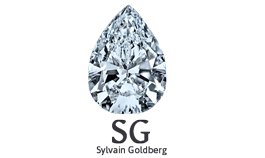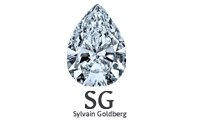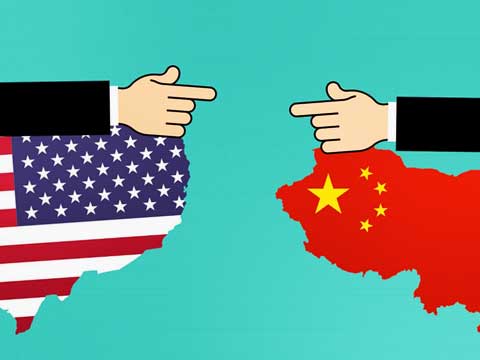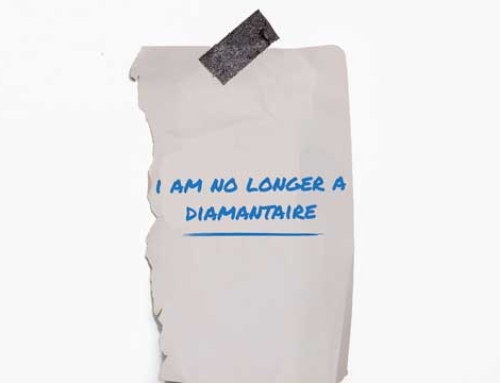President Donald Trump’s decision, in the context of the ongoing trade war with China, to impose 10% import duties on $300 billion of Chinese products on 1 September will mean additional costs for products used by U.S. jewellers.
The President’s decision, announced in a tweet last week, covers all remaining products imported by China that were not covered in the first three rounds of the tariffs.
The list includes: diamonds; cultured and natural pearls; precious stones, including rubies, emeralds and sapphires; synthetic precious stones, including diamonds; silver jewellery; gold necklaces and necklaces; religious jewellery; toy jewellery; and more.
Some jewellery has already been taxed, including certain gift boxes, jewellery scales, beads and scrap.
The 10% import tax will be levied on 1 September, but the administration has the option of possibly increasing it up to 25%.
According to the American Census Bureau, China is a significant importer of jewellery into the U.S., with imports of $2.09 billion in jewellery in 2018, about 15% of total imports. China also shipped 233 million U.S. dollars in gemstone diamonds to the U.S. in 2018 and 1.01 billion U.S. dollars in gemstones.
Among the sectors that could be hard hit are laboratory diamonds. Smaller synthetic diamonds are increasingly cultivated in China, but like natural diamonds, many of these diamonds are cut in India and can thus escape tariffs.
Esther Fortunoff, president of Fortunoff Fine Jewelry, who has a shop in Westbury, N.Y., and a website, says she has heard from her box vendors that the cost of their items will rise, perhaps as much as 25%.
“Twenty-five percent is a lot,” she says, “and in the minds of consumers, things like boxes and bags are part of doing business. They don’t see that as what they pay for, but it all goes into the expense of the retailer.”
She adds that the price of gold is also rising enormously, “I don’t think we will be able to pass on the extra costs. Jewellers will have to include the blow in their total costs.“.
Fortunoff is considering looking for new box vendors but says that this will take a lot of time.
The industry groups are also worried.
Jewelers of America president and CEO David Bonaparte said by email that his group has shared their concerns with policy makers.
“If implemented, these latter proposed rates could affect jewellers more directly, and the ongoing trade war adds a level of uncertainty for both businesses and consumers,” he added.
National Retail Federation (NRF) senior vice president of government relations David French said in a statement that his group “is disappointed that the administration is putting even more effort into a failing pricing strategy that is already slowing US economic growth, creating uncertainty and discouraging investment.
“These additional rates will only threaten American jobs and increase the cost of everyday goods for American families,” he continues. “The tariffs imposed last year have not worked and there is no evidence that any other tariff increase will bring new results for US businesses and consumers.”
The ongoing trade war has led to a roller coaster week on Wall Street, but President Trump said in a tweet that the problem is not China, but the Federal Reserve, which needs to reduce rates more quickly.
“We’ll win anyway,” he continued, “but it would be much easier if the Fed understood – what they’re not doing – that we’re competing with other countries that want to do well at our expense!“.
However, many people feel that the economy is now looking a little more fragile. Mark Zandi, chief economist at Moody’s Analytics, said that the continued escalation has increased the likelihood of a recession next year from 40% to 55%.
A recent Shopkick survey of 30,000 consumers shows that 44% of consumers say they shop less often in response to prices. Nearly 40% say they have already seen prices rise and 60% say they will adjust where they shop.
Much depends on the duration of the conflict. The Wall Street Journal reported this week that “Chinese President Xi Jinping can’t afford to make any trade concessions, increasing the likelihood of a protracted battle between the world’s two largest economies“.
However, the President believes that it is only a matter of time before America gets back on its feet.
Four months ago, he tweeted that the trade war “will end much faster than people think“.







